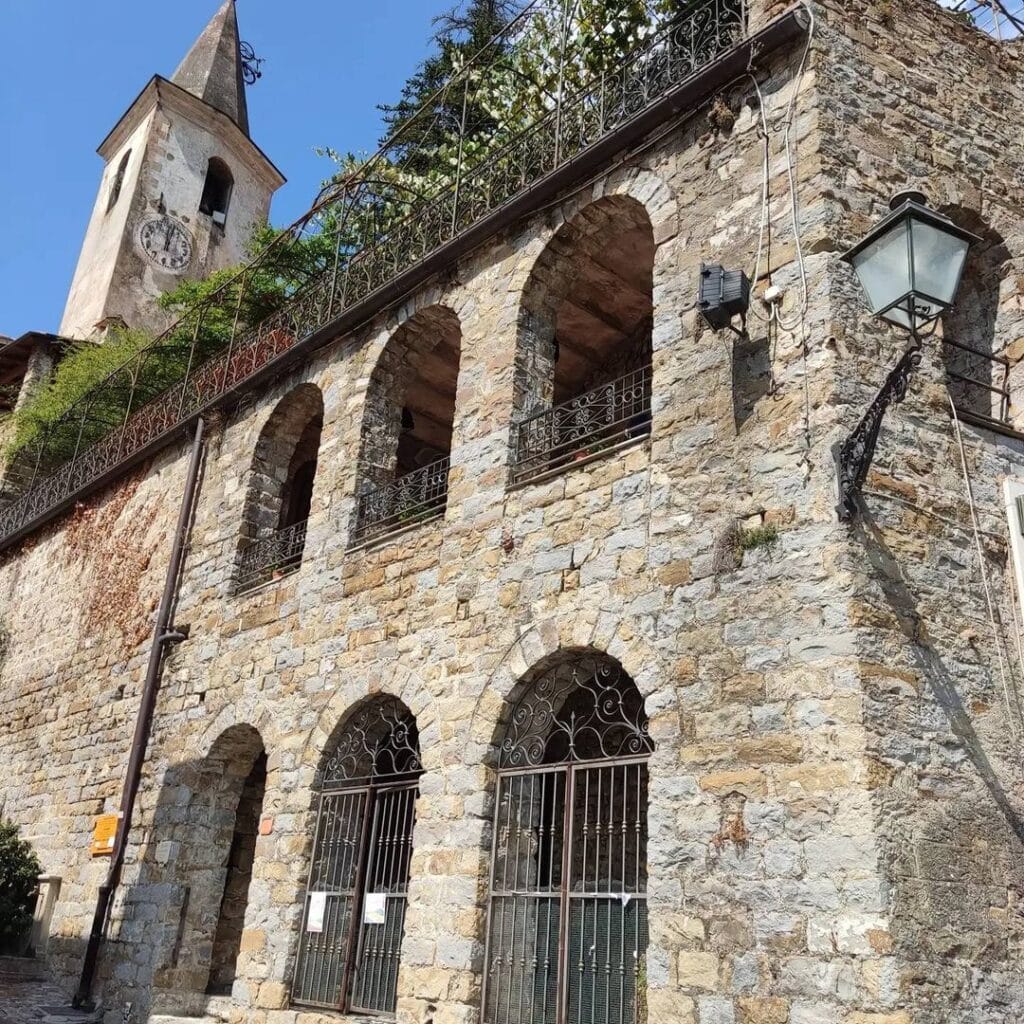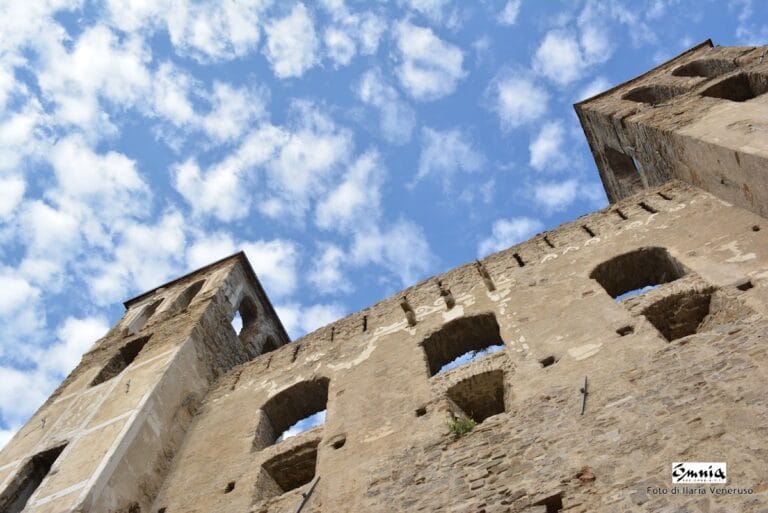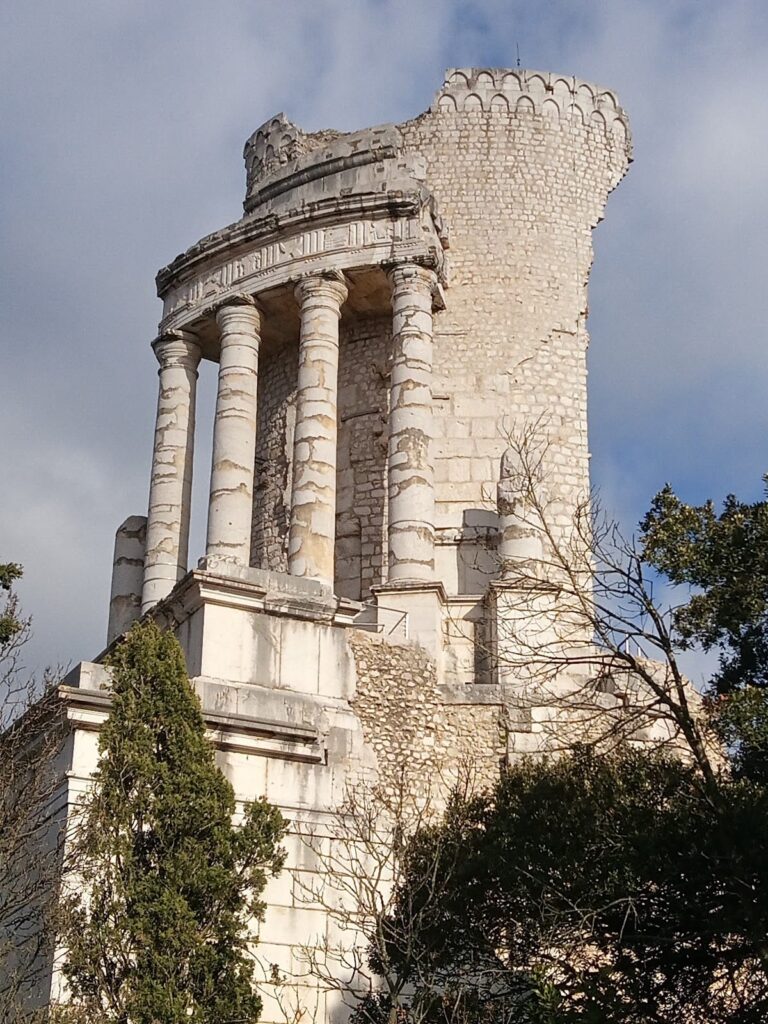Castello della Lucertola: A Medieval Fortress and Cultural Center in Apricale, Italy
Visitor Information
Google Rating: 4.4
Popularity: Low
Google Maps: View on Google Maps
Official Website: m.paesionline.it
Country: Italy
Civilization: Medieval European
Remains: Military
History
The Castello della Lucertola is situated in the municipality of Apricale, Italy. It was originally constructed by the medieval civilization of the Counts of Ventimiglia during the 10th century. This strategic location in Liguria allowed the castle to serve as an important defensive position within the region.
In its earliest phase, the fortress was built primarily for military purposes, intended to control the surrounding area and provide protection against invasions or local conflicts. Over time, ownership passed to the powerful Doria family, who were lords of the nearby Dolceacqua. Under their stewardship, the castle evolved from a purely defensive outpost into a feudal residence, reflecting the growing social and political stature of its inhabitants. The strengthening and transformation of the structure across the centuries enhanced its reputation as an impregnable fortress.
A significant event in the castle’s history occurred in 1523, when it was partially destroyed following a siege led by Bishop Agostino Grimaldi. The bishop’s forces targeted the castle to apprehend Bartolomeo Doria, who was accused of killing Grimaldi’s brother and had taken refuge within its walls. Although the strong fortifications resisted for some time, the siege resulted in considerable damage to the structure.
After this conflict, the castle was rebuilt; however, its military importance was diminished. The building’s function shifted more toward residential and administrative uses. In 1634, it came under the control of the Duchy of Savoy, a major political entity in the region, but was restored to the Doria family by 1652. By the early 19th century, in 1806, the castle was sold to Stefano Cassini, a private individual who converted it into a family residence, marking a shift from its previous public and military roles.
During the 20th century, the castle underwent further modifications under the ownership of Fruttuoso Cassini, a surgeon and heir. He divided the interior into two apartments, which were adorned with frescoes by the painter Leonida Martini, and established a hanging garden enclosed by a newly constructed wall facing the nearby church. Following a period of neglect, the castle eventually came into possession of the Municipality of Apricale. It now serves as a cultural center hosting exhibitions, conferences, and the Museum of the History of Apricale, preserving a variety of local historical documents and medieval statutes.
Among the museum’s collections is a focus on Emma Cristina Bellomo Della Torre, known as the “Countess of Apricale,” who played roles in political intrigues across Europe, Japan, and Russia during the late 19th century, underscoring the castle’s connection to wider historical narratives beyond its immediate region.
Remains
The Castello della Lucertola is positioned on a rocky outcrop within the historic village of Apricale, overlooking a natural saddle and situated between Piazza Vittorio Emanuele and Via al Castello, close to the Church of the Purification of the Virgin Mary. Its layout reflects the defensive priorities of its original construction, with well-fortified walls and towers integrated into the village setting.
Originally, the castle featured two prominent square towers, designed in a style similar to those found in the nearby Dolceacqua castle. Only one of these towers remains today, having been repurposed as the bell tower for the adjoining parish church. This adaptive reuse illustrates how the castle’s military architecture was transformed to serve religious and community functions after its decline in martial significance.
The fortress’s walls were continuously strengthened to render it nearly impregnable before the partial destruction in 1523. These fortifications utilized robust masonry techniques typical of medieval military architecture. Later modifications converted internal spaces into residential apartments in the early 20th century, which were decorated with frescoes by Leonida Martini, adding an artistic layer to the historic fabric.
A hanging garden was constructed adjacent to the castle, featuring a new retaining wall facing the church. This addition altered the castle’s external appearance and created a cultivated space within the historic bounds of the estate. Within the castle’s walls is a corridor that now functions as the “Theater Gallery,” showcasing posters of local cultural events since the 1990s. This gallery utilizes the original masonry of the castle, linking contemporary cultural life to the historic structure.
The museum within preserves a range of archaeological and historical materials including Renaissance relics, medieval statutes dating back to 1267, and other documents that testify to Apricale’s rich past. Outside, the sculpture garden presents works by artists François Bouché and Georges Boisgontier, integrating modern artistic elements with the castle’s ancient walls.
Overall, the surviving elements of the castle reflect a complex history of military defense, noble residence, religious adaptation, and cultural reuse, with the remaining tower, fortified walls, frescoed interiors, and curated gardens forming an enduring record of its evolving functions through the centuries.







